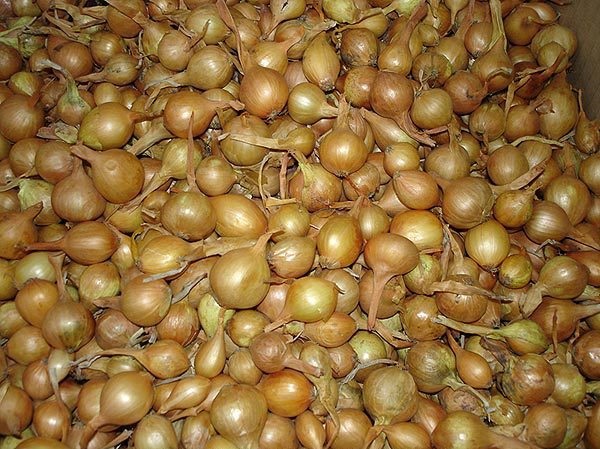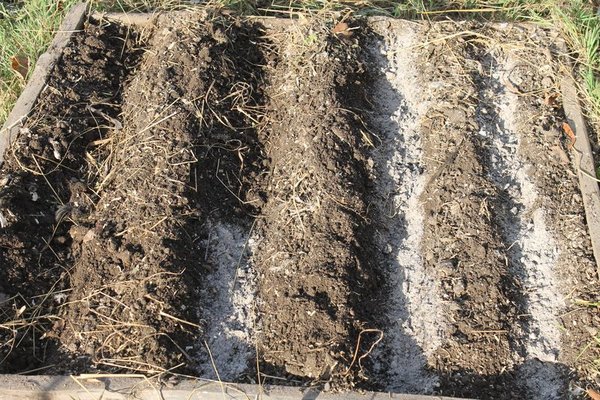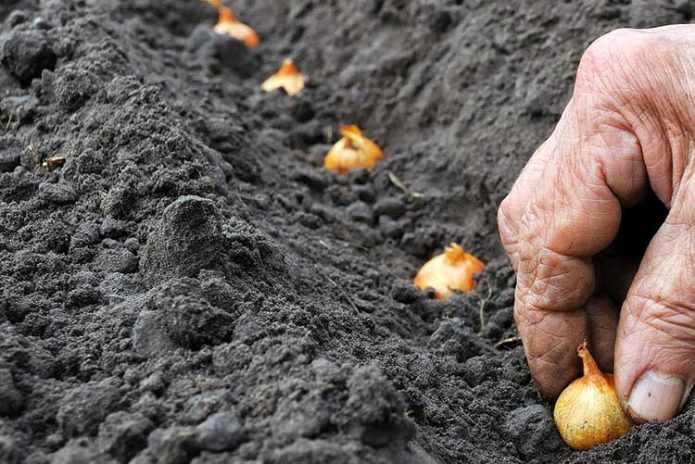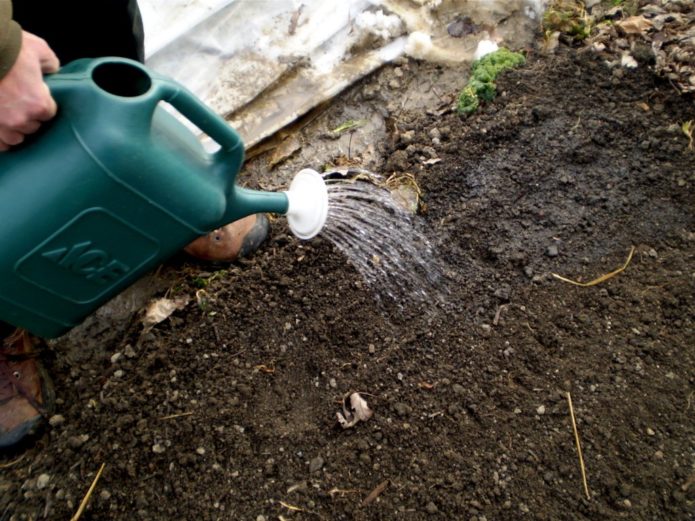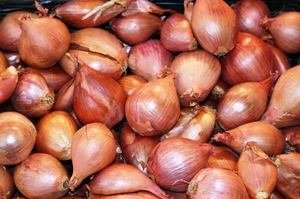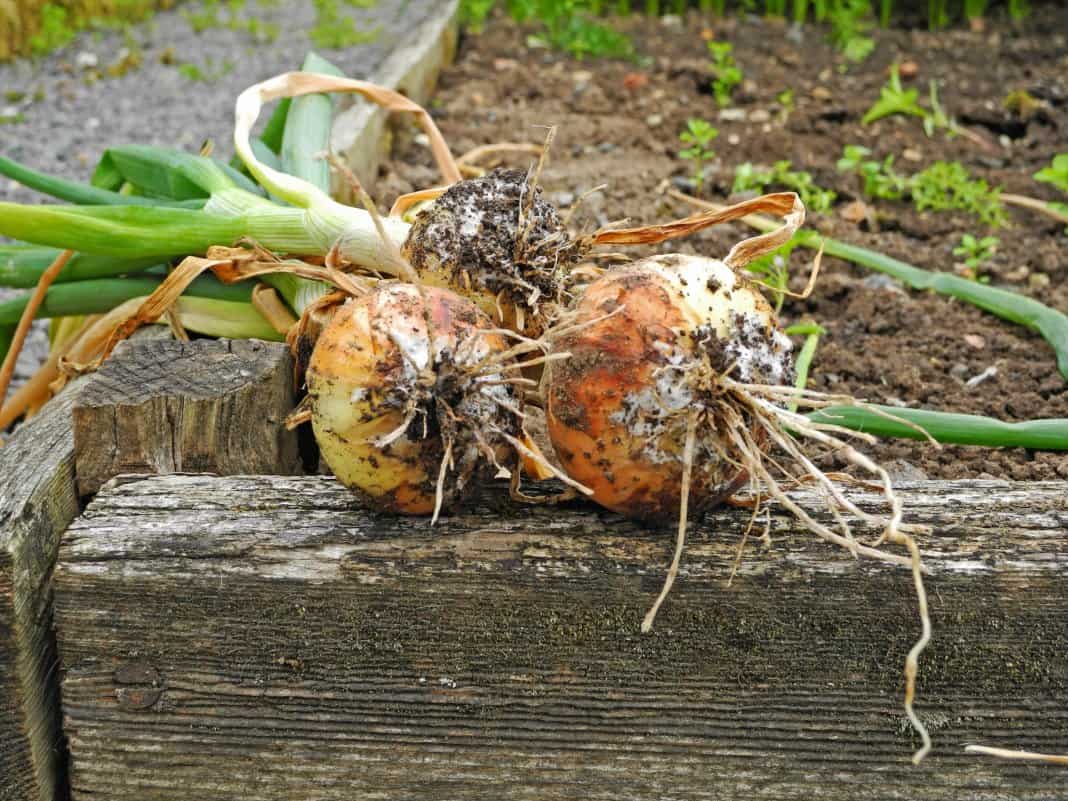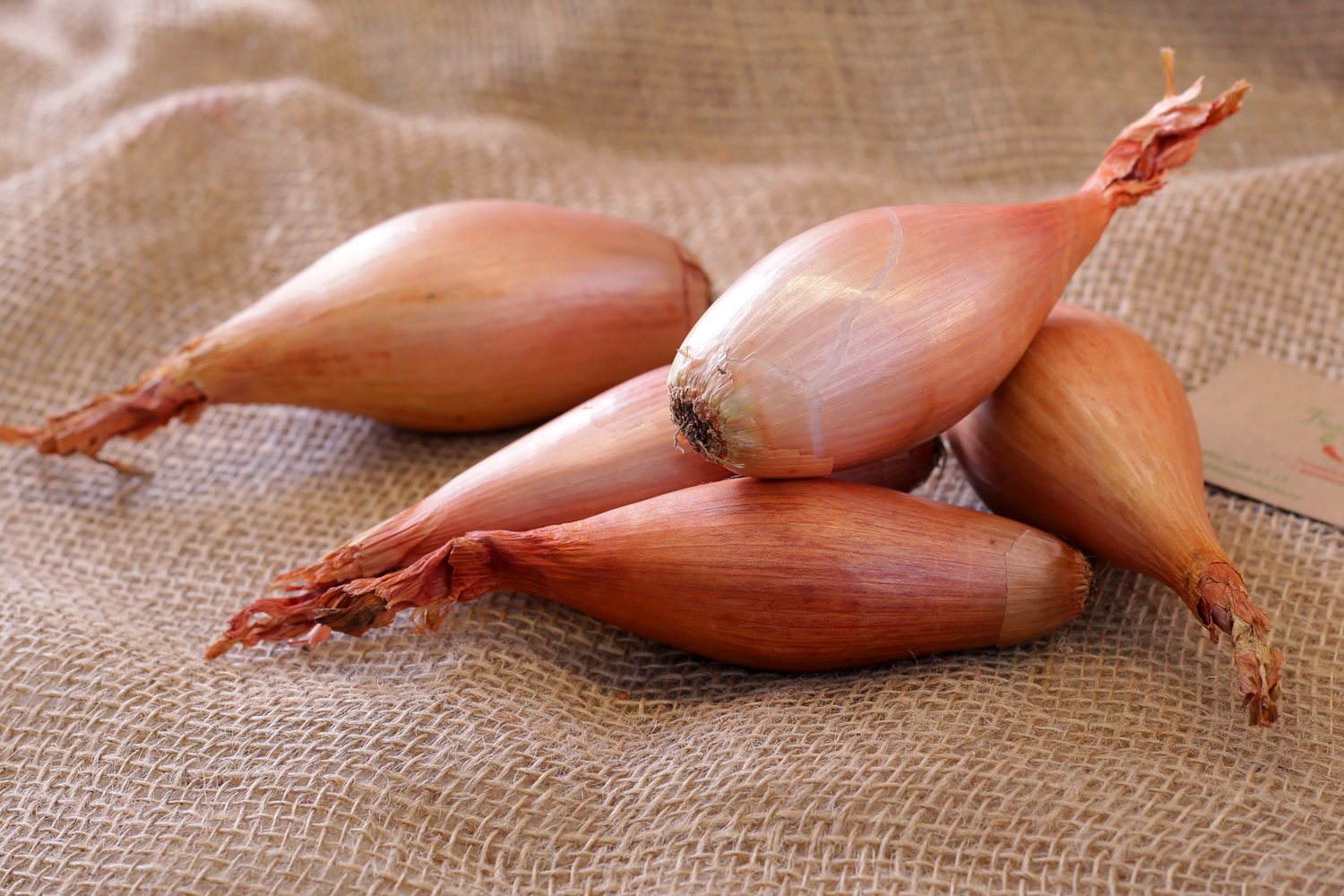Non-experts believe that it is easy to grow good large onions. This is not so: onions, a common and much needed vegetable, are a capricious crop, and they will never grow well with a careless owner.
Dates of planting onions in the spring on a turnip
Onions are very cold-resistant: adult plants normally tolerate frosts down to -8 aboutC. Therefore, it would seem that you can plant it very early. But there is a pitfall here: if you plant an onion in very cold soil, it will not die, it will give a feather, but with a high probability it will go into the arrow. You will not be able to get normal bulbs from very early sowing. Therefore, the reference point for the beginning of planting is soil warming up to at least 10 aboutC. When is it on time?
In the south, onions are planted in the second half of April, in the middle lane and to the north - in the first decade of May.
The peculiarities of the bow are also associated with its winter landing. Onions planted in late autumn are less affected by the onion fly; it is technically easier to plant in autumn. This is often done by planting seedlings 3 weeks before a serious frost, when night temperatures drop to almost zero. However, the sevok planted before winter also often goes into the arrow if the spring is protracted. But podzimnie sowing of seeds (already in a bed, which is bound by frosts) is quite effective: a number of varieties (Shakespeare, Ella, etc.) grow well in one season from seeds, which is often used.
Preparing onions for planting
The best set for large turnip production is 1st class: 15–22 mm in diameter. The larger one is planted on a feather.
Before planting, the semi-dry tops are cut off at the sevka and soaked in warm water for 1–2 hours. Instead of water, you can take a 0.1% solution of potassium permanganate or trace elements.
There is another approach: the onion is poured in a bucket for 2 minutes with hot water (70 ° C), then transferred to cold water. Such a bow never points, but you have to be careful with the temperature.
Prevention, in addition to bathing in potassium permanganate, can be a half-hour treatment of sevka with chlorophos (2 g per liter of water) or birch tar (1 tablespoon per liter of water). The seeds are necessarily disinfected in a solution of potassium permanganate, after which they are kept in water for a day, periodically changing it, and dried until flowable.
Planting onions in spring with seeds and sets in open ground
Onions are planted on light neutral, moderately moist loams or sandy loams, well filled with rotted manure. Shading is excluded. A garden bed prepared in autumn is sprinkled with wood ash in the spring and loosened. Onions are planted according to various schemes, more often they use the distance between the rows of about 20 cm, and in the rows between the bulbs from 5 to 10 cm, depending on the size of the seed. The planting depth is calculated so that the very tip of the neck protrudes slightly to the surface.
- Mark the furrows with any suitable tool, sprinkle them with a small layer of sand and dust them with ash.
- The bulbs are planted almost without pressure, so as not to damage the rudiments of the roots, they are covered with soil.
- It is well watered from a watering can with a strainer with water of normal temperature.
The emerging weeds are weeded out first by hand, more at first they do nothing until the feather begins to grow.
Video: planting onion sets
Growing onions in one season with seeds is not easy in all regions (it is important to maintain soil moisture at the required level until the seeds sprout and the plants get stronger), but it is used more and more often... True, not all varieties are suitable for this. It is better to use early ripe ones, but they, as a rule, are stored somewhat less.
Sowing with seeds is carried out at the end of April (middle lane) or earlier (in the south). They are sown in beds prepared in the fall and covered in spring for early warming up with a film.
- After removing the film, grooves are made and spilled with hot water.
- Seeds are sown to a depth of 2–2.5 cm.
- It is very difficult to decompose the seeds by the piece, so they sow as it happens, and then thin out the seedlings.
- The seeds are sprinkled with soil, or better with compost, slightly compacted by hand and temporarily covered with a film of a bed.
- They remove it with the appearance of the first shoots.
How to feed onions so that the bulbs are large
Onion care - watering, feeding, loosening. Onions are watered especially often in the first half of the season, they stop watered 2-3 weeks before harvest. To obtain a large turnip, the onion is fed at least three times. First, with a plant height of about 10 cm, then after another 15–20 days, then - when the bulbs grow to the size of a small plum... The easiest and safer way to use organic matter: infusions of mullein or various herbs. In the absence of organic matter, this option is possible:
- In the first feeding, use a solution of 20 g of potassium chloride, 40 g of superphosphate and 30 g of ammonium nitrate per 10 liters of water. It is even more convenient to take special complex fertilizers, for example, Vegeta.
- In the second feeding, the amount of nitrate is halved.
- In the third feeding, only superphosphate and potassium chloride are taken, and it is better to use an ash infusion.
Onions planted in autumn begin to feed shortly after germination. The first feeding can only be nitrogen (1 tablespoon of urea per bucket of water), but after 2 weeks they already use a complex mineral fertilizer or mullein infusion with the addition of ash. The third feeding is done in the same way as in the case of spring planting.
If funds permit, you can buy very convenient formulations in the store. So, besides Vegeta, Agricola-2 and Effekton-O are very effective. Use them according to package directions.
Growing good onions is not easy. It must be planted on time and correctly and must be carefully looked after. The most important stage of care is the timely implementation of fertilizing.
